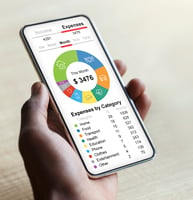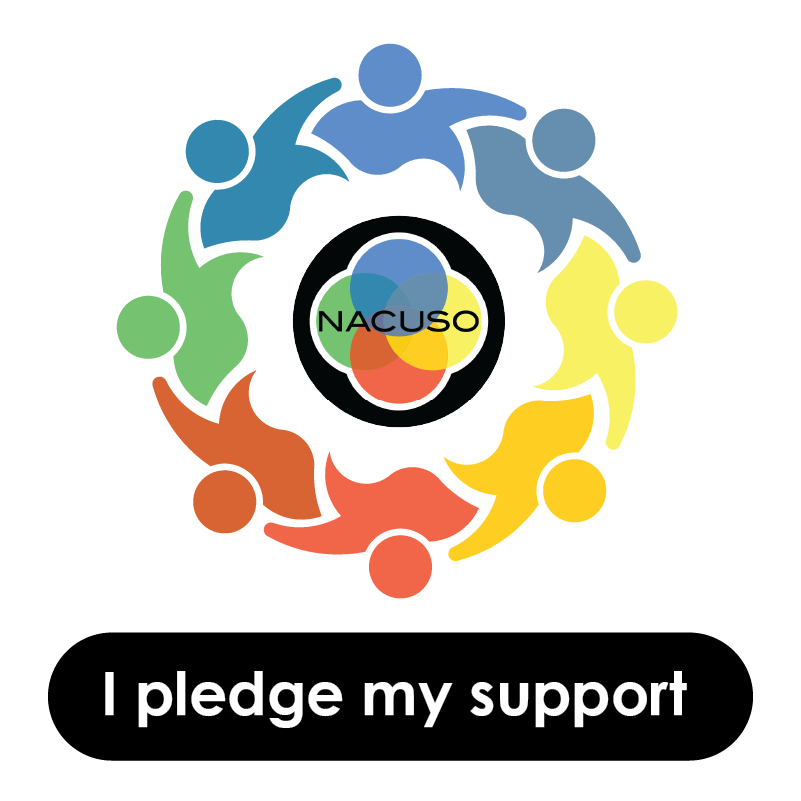
It’s no secret that getting fit is a popular goal. People invest a lot of time and money in planning meals and paying gym memberships, all in the hopes of getting the body of their dreams.
However, there are several different kinds of fitness, including financial fitness. Getting financially fit arguably has even more benefits than getting physically fit, and you can do it in only six steps.
Figure out Your Current Financial Situation
Before you can figure out where you’re going, you need to know where you are. The best way to do that is to have a clear picture of your assets and liabilities.
 You’ll probably want to start by looking at your assets. This will give you an idea of your monetary worth, and quite frankly starting the process by listing what you have is less stressful than listing what you owe. Look at your savings and investment accounts, including your retirement funds, and don’t forget to include items like real estate and automobiles.
You’ll probably want to start by looking at your assets. This will give you an idea of your monetary worth, and quite frankly starting the process by listing what you have is less stressful than listing what you owe. Look at your savings and investment accounts, including your retirement funds, and don’t forget to include items like real estate and automobiles.
Once you’ve looked at all your assets, it’s time to examine your liabilities. These will consist of all the debts you owe, whether they’re mortgages, auto loans or credit card bills. If you want to be thorough, you can total up all your assets and subtract the total amount of your liabilities to get your current net worth, but this is strictly optional.
How financially fit are you? Download Quiz
Create a Monthly Budget
Once you’ve gone over your assets and liabilities, it’s time to make a budget. A lot of people aren’t budgeting fans, but the truth is that everyone has a budget, whether they’re aware of it or not. All you’re doing when you create a monthly budget is giving yourself a clearer view of how you spend your money each month.
A lot of financial fitness experts have their own methods of budget creation, but every budget creation method has the same three steps at its core:
- List all your income sources and add them up
- List all your monthly expenses, categorize them and add them up.
- Subtract your monthly expenses from your income.
 If your income is more than your expenses, congratulations. If not, though, you’ll need to figure out where you can reduce your expenses so you’re not spending more than you make.
If your income is more than your expenses, congratulations. If not, though, you’ll need to figure out where you can reduce your expenses so you’re not spending more than you make.
It’s hard to overstate how important this step is on your road to financial fitness. Making a budget doesn’t just give you an overview of how you’re spending your money every month—it puts you in control of your money. A budget will ensure you can take care of all your necessary expenses, let you choose where you want to spend your discretionary income, and help you plan for the future in a way you wouldn’t be able to otherwise.
Pay off Your Debts
If you’re asking yourself how paying off debt is “easy,” you’re not alone. Many people struggle with trying to reducing their debt load, especially if they don’t have a lot of extra money. When you have a budget, though, you can not only make sure you’re making your monthly payments—you can take steps to make yourself debt free.
The most popular strategy for paying off your debts is the snowball strategy, where you select either the largest debt or the smallest and put all your extra money towards paying it off. When you’re done with whichever debt you selected, you simply move onto the next debt and add the money you used to pay off your first debt to your payments. Eventually, you’ll be debt free.
It’s worth pointing out you can also get rid of your debts by getting a debt consolidation loan. It condenses all your monthly payments into one convenient payment, and you’re probably also going to save some money since the loan usually has a lower interest rate than other debts.
Take your first step to becoming debt free: Get Organized
Pump up Your Emergency Fund
While you’re paying off your budget, you’ll also want to build up your emergency fund. This will not only help you avoid falling into debt if an emergency arises, it will also help you stop worrying about what might happen and give you the peace of mind you need to think about the future.
Most financial experts recommend building up your savings account by setting aside 10% of your paycheck each week. However, if money is tight, you might want to put aside less, like 5%. The important thing is to make saving money a regular habit. You can use Direct Deposit to automate this process and make saving a lot easier.
Come up With Goals
The previous steps will help you build up a solid financial foundation. Once you have that, you get to think about the future, and that’s where you not only get to flex your new financial muscles, but have some fun in the process.
Schedule some time to yourself and sit down with a pencil and some paper. Think about what you’d like to accomplish, from short-term goals to long-term goals. Maybe you want to learn how to cook, or maybe you’d like to buy the home of your dreams.
Once you’ve written down a few goals, figure out which goals are the most important. Once you figured out which goals you’d like to accomplish first, you can make them SMART goals. In other words, make sure your goals are:
- Specific—do you have a clear idea of what your goal is?
- Measurable—will you be able to track your progress?
- Attainable—do you know how you can achieve your goal?
- Realistic—can this goal be achieved?
- Time-Bound—when would you like to have achieved this goal?
Making your goal a SMART goal gives you a roadmap for how to achieve it. Once you know what you have to do to make your goal a reality, all you need to do is follow the plan you created.
Get started setting financial goals today: Start Setting Goals
Give Yourself a Cheat Day
 Even the most serious athletes give themselves a cheat day, where they let themselves have a less-than-healthy meal and relax. You should give yourself the same treatment. If you have some extra money that isn’t tied to a particular goal, for instance, it’s okay if you occasionally use it to treat yourself instead of putting it in your savings account or using it to pay off a loan, especially if you’ve already got a good handle on your finances.
Even the most serious athletes give themselves a cheat day, where they let themselves have a less-than-healthy meal and relax. You should give yourself the same treatment. If you have some extra money that isn’t tied to a particular goal, for instance, it’s okay if you occasionally use it to treat yourself instead of putting it in your savings account or using it to pay off a loan, especially if you’ve already got a good handle on your finances.
Get Financially Fit With First Alliance Credit Union
Getting financially fit has a lot of advantages. It gives you peace of mind, it helps protect you from emergencies and it also lets you achieve goals from buying a new television to traveling around the world. Best of all, you can do it in six straightforward steps.
If you’d like help getting financially fit, become a member of First Alliance Credit Union today and take advantage of the services we offer. Our resource center has guides to budgeting and saving, as well as a Direct Deposit form that will let you divert part of your paycheck into your savings. We also offer savings accounts for you to build up your emergency fund, as well as an online banking platform and mobile app that will let you see the progress of your financial fitness.
We do our best to provide helpful information but we cannot guarantee the accuracy or completeness of the information presented in the article, under no circumstance does the information provided constitute legal advice. You are responsible for independently verifying the information if you intend to use it in any way. Additionally, the content is not intended to be reflective of First Alliance Credit Union’s products or services, for accurate and complete details about our product and service information you must speak to an advisor at First Alliance Credit Union.


























